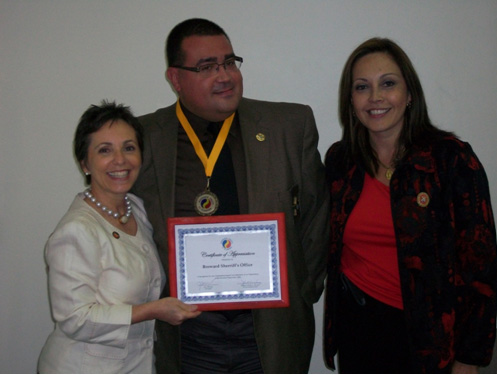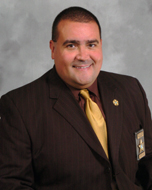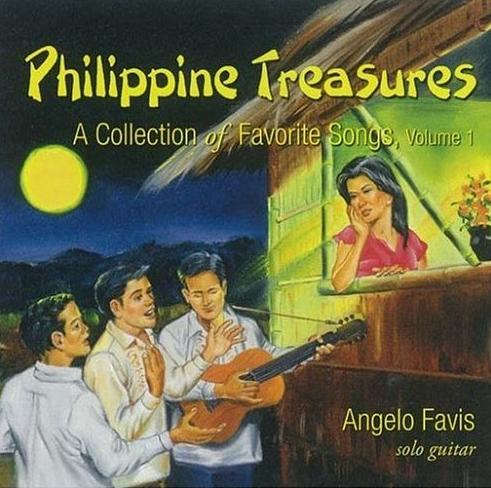By the end of the Mexican-American War, 1846-48, John Riley wore
three labels American traitor, Mexican hero, and Irish
nationalist. Which of these three best fits the tough,
charismatic Galway man? The answer is that they all do.
No U.S. Army has ever encountered the problems of desertion that
plagued Generals Zachary Taylor and Winfield Scott during the
Mexican-American War. Of the nearly 40,000 regulars who saw duty
during the conflict, a stunning 5,331 nearly 13 percent of the
ranks deserted. Of that figure, nearly 1,000 were Irishmen,
445 Germans, and 457 other Europeans. Approximately 5,000 Irish
enlisted in the regular army, and nearly 20 percent went over the
hill. Many were apprehended; many more simply disappeared.
Many others fought in the St. Patricks Battalion alongside John
Riley.
Born in County Galway sometime between 1812 and 1818, Riley cut his
martial teeth in the British Army, earning a sergeants stripes and
a deep knowledge of artillery. In 1843, Rileys route led
mysteriously to Mackinac, Michigan. His detractors claim that he
deserted the 66th Foot in Canada in the early 1840s, enlisted in the
U.S. Army at Fort Mackinac, again earned his sergeants stripes,
served as a recruiter, and trained West Point cadets how to service
artillery. The truth is that he never saw duty in a recruiting
office or at West Point, and he never wore a sergeants stripes in
the U.S. Army. He did wear stripes in the British Army, he was
an expert gunner, but he never deserted. In 1843, Riley was
mustered out with little more than his noncommissioned officers kit
bag and his memories of duty done well. Leaving his family
behind in Galway, he crossed to Canada or the United States to start
over, with the likely intent of sending for them when he was settled.
He turned up at the Golden Door of America in Mackinac,
Michigan.
Riley and other immigrants soon learned that in America of the
1840s an anti-Catholic, anti-foreigner movement called Nativism
raged. Nowhere did it thrive more harshly than in the U.S. Army,
in which Irish immigrants fleeing famine and political oppression in
their homeland enlisted to soldier out of desperation for
employment of any sort. With the combination of many Nativist
officers and thousands of Irish-born and German recruits, trouble
beckoned.
In Mackinac, Riley chafed as a laborer, his boss contending that
the immigrant was increasingly at variance with those he came into
contact with. On September 4, 1845, he enlisted in the
5th U.S. Infantry Regiment at Fort Holmes in Mackinac. The muster
rolls described him as twenty-eight years old, six foot one and
three-quarter inches tall, blue eyed, and dark haired. He vowed
to attain my former rank or die and would rise far beyond his
previous rank but in the uniform of the Mexicans.
Riley and other immigrant soldiers quickly found that Nativism,
which filled publications with simian-like caricatures of Paddy and
Bridget and had ignited the bloody anti-Irish Philadelphia Riots in
1844, infected many U.S. Army officers. They applied iron-fisted
discipline throughout the ranks, but the foreign-born soldier,
especially if he happened to be Irish or German, automatically
received a harsher sentence than a native American would for the same
offense. A dreaded punishment was bucking and gagging,
in which a soldier was trussed and gagged for hours of joint-searing
agony.
Of those brutal practices, an immigrant soldier wrote: The
various degrading modes of punishment often inflicted by young,
headstrong, and inconsiderate officers
for the most unimportant
offenses, were exceeding galling to
the sons of the Green Isle.
An Irish Catholic artilleryman lamented: If a poor devil
wants to be ever so religious, its no use of trying it here [in the
Army]. I suppose thats what you call liberty of conscience in
this blessed free republic of ours.
As war with Mexico loomed in the spring of 1846, other factors
besides hard discipline simmered among would-be deserters of all
backgrounds. Rough weather, boredom, rancid rations, dysentery,
and other timeless trials of military life drove desertions. For
some soldiers, the impetus was love for Mexican women, and for Irish
Catholics in the U.S. Army, echoes of church bells from the town of
Matamoros across the Rio Grande and scenes of Mexican priests
splashing holy water upon their soldiers gun emplacements may have
led some Catholics to wonder if they were serving in the wrong army.
The Mexicans, aware that Catholic immigrants filled nearly half of
Taylors companies, circulated pamphlets urging foreigners to
desert, join the Mexican Army, and receive free land, cash bonuses,
and citizenship. Similar pamphlets would appear throughout the
war.
Riley and many other immigrant recruits had not lived in America
long enough for naturalized citizenship. They could not vote in
American, but could die for it.
Among the first soldiers to go over the hill to the Mexicans
was Riley, who deserted on the advice of my conscience on April
12, 1846. Having obtained a pass to attend a Catholic mass near
the American camp, Riley plunged into the Rio Grande and swam over to
the Mexicans and into notoriety.
Riley soon parlayed his military experience into an officers
commission in the Mexican Army, organizing fellow deserters and
foreign nationals into a crack artillery company. His so-called
Legion of Strangers would become the St. Patricks Battalion, or San
Patricios. At the Battles of Monterrey, Buena Vista, and
Cerro Gordo, he and his men pounded their former officers and their
old tent-mates. An American soldier wrote: Reily [sic]
was the greatest artillerist of his day, and we suffered greatly on
his account.
By mid-August 1847, General Winfield Scotts U.S. regiments stood
only ten miles from Mexico City, poised for the final savage steps
to the Halls of Montezuma. Riley, now a major,
helped draft a circular appealing to my countrymen, Irishmen, to
desert the American army and to join Mexicos ranks on common
bonds of religion and Irelands long kinship with Spanish-speaking
Catholic nations.
The pamphlet never made it to the American camp. On August
20, 1847, Riley and 204-220 San Patricios including 142 Irishmen
defended a fortified monastery at Churubusco. They knew that
capture by the Americans meant the gallows.
The St. Patricks Battalion fought furiously with the
malignity of private revenge against their old army. Three
times a white flag went up and three times a deserter tore it
down.
Finally, Scotts regiments overwhelmed the defenders in a bloody
hand-to-hand melee when they ran out of ammunition, and only the
intervention of an American officer stopped the battered victors from
killing eighty-five captured San Patricios, who included the
wounded Riley.
Seventy-two would face court-martial; after Scotts review of
every case, fifty deserters were sentenced to the noose. There
was no doubt whose execution U.S. Army officers craved most: From
his high intelligence and his influence, Riley was believed by our
officers to have been the principal cause of the desertion of the
others.
To the shock of the U.S. Army, Scott reduced Rileys sentence
from hanging to whipping and branding. The American
commander stated that because Riley had deserted before the
conflicts actual declaration, the Articles of War dictated that he
could receive only the lesser sentence.
Scotts verdict sparked outrage in the American ranks.
Captain George Davis wrote: It was urged upon General Scott
that it would be far preferable that every one of the rest of the
deserters should be pardoned rather than that Riley should escape
death, more especially as we were in possession of the knowledge of
the high estimate placed upon him as an officer by the enemy.
Scott, however, would not listen to dissenters.
On September 10, 1847, Riley and six other prisoners were stripped
to their waists and bound to trees in the plaza of San Jacinto.
Then, rawhide lashes delivered 50 blows 59 for Riley when the
officer in charge of the punishments lost count. Captain
Davis recalled: Why those thus punished did not die under
such punishment was a marvel to me. Their backs had the
appearance of a pounded piece of raw beef, the blood oozing from
stripe as given.
Each in his turn was then branded, the smoldering irons
burning a two-inch-high D for deserter into each
prisoners cheekbone near the eyes but without jeopardizing the
sight. Rileys brander applied the D upside down and
seared the Irishmans face a second time.
The whippings and brandings done, sixteen San Patricios were hanged
on a forty-foot-long gallows. After digging the graves of
those
hung, Riley and the others were off to imprisonment as a
military band piped the taunting strains of The Rogues March.
Four more San Patricios were hanged from a tree at Mixcoac on
September 13, 1847. The executions of the last thirty condemned
deserters would prove to be tragic drama of the highest order.
On September 13, 1847, on a hill outside Mixcoac, Dragoon Colonel
William S. Harney, a sadistic disciplinarian, brought the condemned to
a gallows within view of the battle raging around Chapultepec Castle.
He would not hang the condemned until the American flag flew above the
ancient fortress. When the American troops finally planted the
Stars and Stripes above Chapultpec, the thirty San Patricios were
swung off in a fearful dance of death.
The 1848 Treaty of Guadalupe Hidalgo ended the war, and Riley and
the remaining San Patricio prisoners were freed. Riley
returned to the Mexican Army and a subsequent promotion to colonel.
Later, he was briefly arrested on suspicion of taking part in an
abortive revolt against the Mexican government, false rumors of the
Irishmans execution by a firing squad nearly fueling a revolt by
the reorganized St. Patricks Battalion. Although an American
dragoon claimed that soon after Rileys most recent turmoils, the
Galway man married a wealthy, beautiful Mexican woman and raised a
family, no proof of the marriage exists.
Rileys path in Mexico ended at the Atlantic port of Vera Cruz
after his honorable discharge with full back pay from the Mexican
Army. He likely intended to board a ship bound for Ireland,
where he had a son. In 2000, the late historian Robert Ryal
Miller discovered the August 31, 1850, death certificate of Juan
Reley
a native of Ireland. He was buried in the general
cemetery of Vera Cruz. He soon disappeared from historys
stage.
An indisputable fact about John Riley was his pride in his
desertion from the American Army: I have had the honor of
fighting in all the battles that Mexico has had with the United States
and by my good conduct and hard fighting, I have attained the rank of
Colonel.
An American traitor, a cynical mercenary, or a Mexican hero one
can make a case that Riley was any of these. Of his affinity for
the Mexicans, he testified: Be not obscured by the prejudice
of a nation, America, which is at war with Mexico
for a more
hospitable or friendlier people
than the Mexicans there exists
not on the face of the earth to a foriner [sic] and especially to an
Irishman and a Catholic.
Above all, Riley did hold fast to his true roots, Irish ones.
I forgot to tell you under what banner we fought so bravely, he
wrote. It was the glorious Emblem of native rights, that
bring the banner which should have floated over our native Soil so
many years ago, it was St. Patrick, the Harp of Erin, the Shamrock
upon a green field.
Today, an old wall in a cobblestoned Mexico City plaza, so far from
Rileys native Galway, where a plaque in Clifden commemorates him,
seventy-one names adorn another memorial. Most are men of the
St. Patricks Battalion. The plaque is emblazoned with a
Celtic cross, a gamecock, a pair of dice, and a skull and crossbones
emblems of gamblers who lost their wager and, in fifty cases, paid
with their lives.

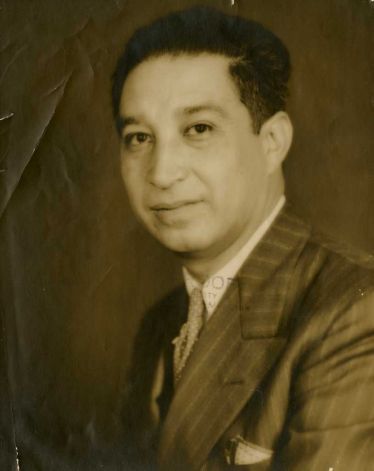
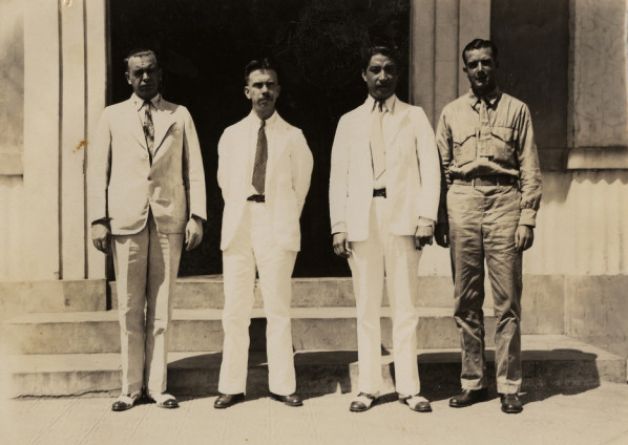
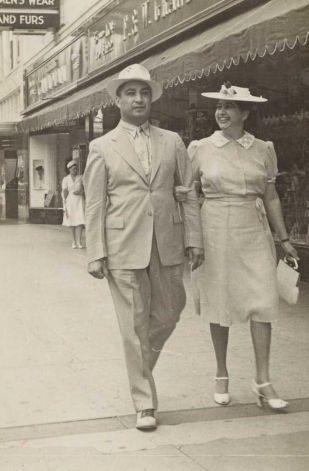

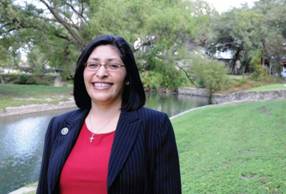 Judge
Diana Saldaña is a Judge for United States District Court for the
Southern District of Texas. She was nominated to take the vacated seat
of Judge George Kazen.
Judge
Diana Saldaña is a Judge for United States District Court for the
Southern District of Texas. She was nominated to take the vacated seat
of Judge George Kazen.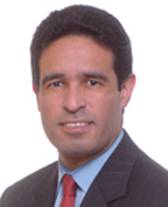 Judge
Edgardo Ramos is a United States District Court Judge for the Southern
District of New York has been appointed to fill the seat vacated by
Stephen C. Robinson.
Judge
Edgardo Ramos is a United States District Court Judge for the Southern
District of New York has been appointed to fill the seat vacated by
Stephen C. Robinson.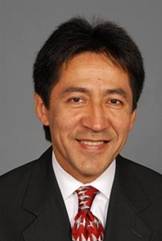 J.
Walter Tejada is one of
J.
Walter Tejada is one of 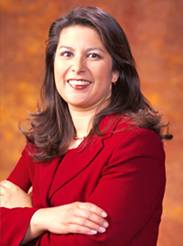 Irene
Bustamante-Adams is serving as Nevadas Assemblywoman for the 42nd
Irene
Bustamante-Adams is serving as Nevadas Assemblywoman for the 42nd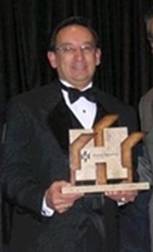
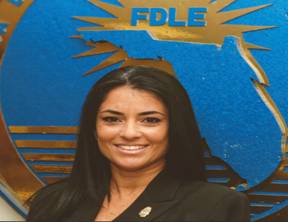
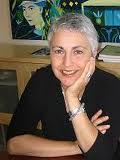

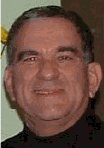

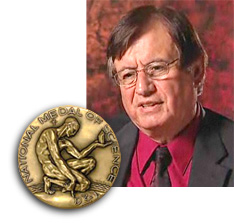

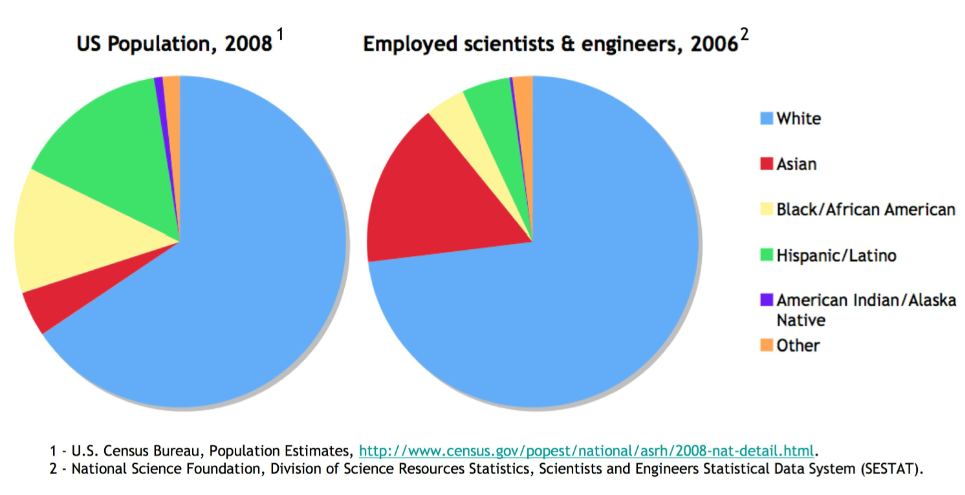
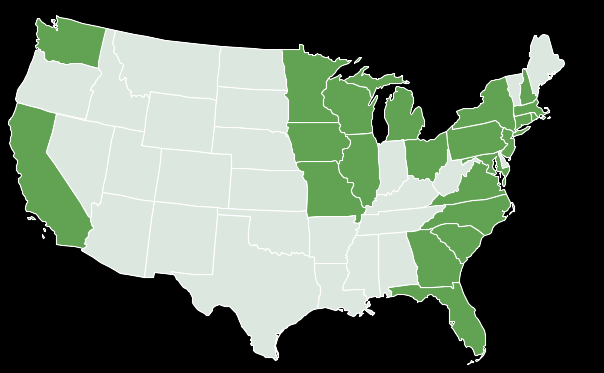


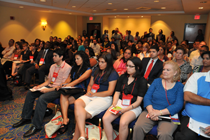
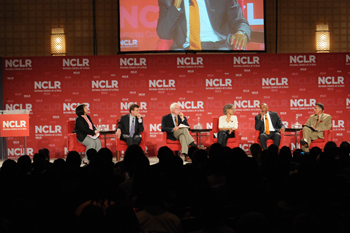
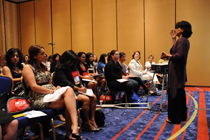
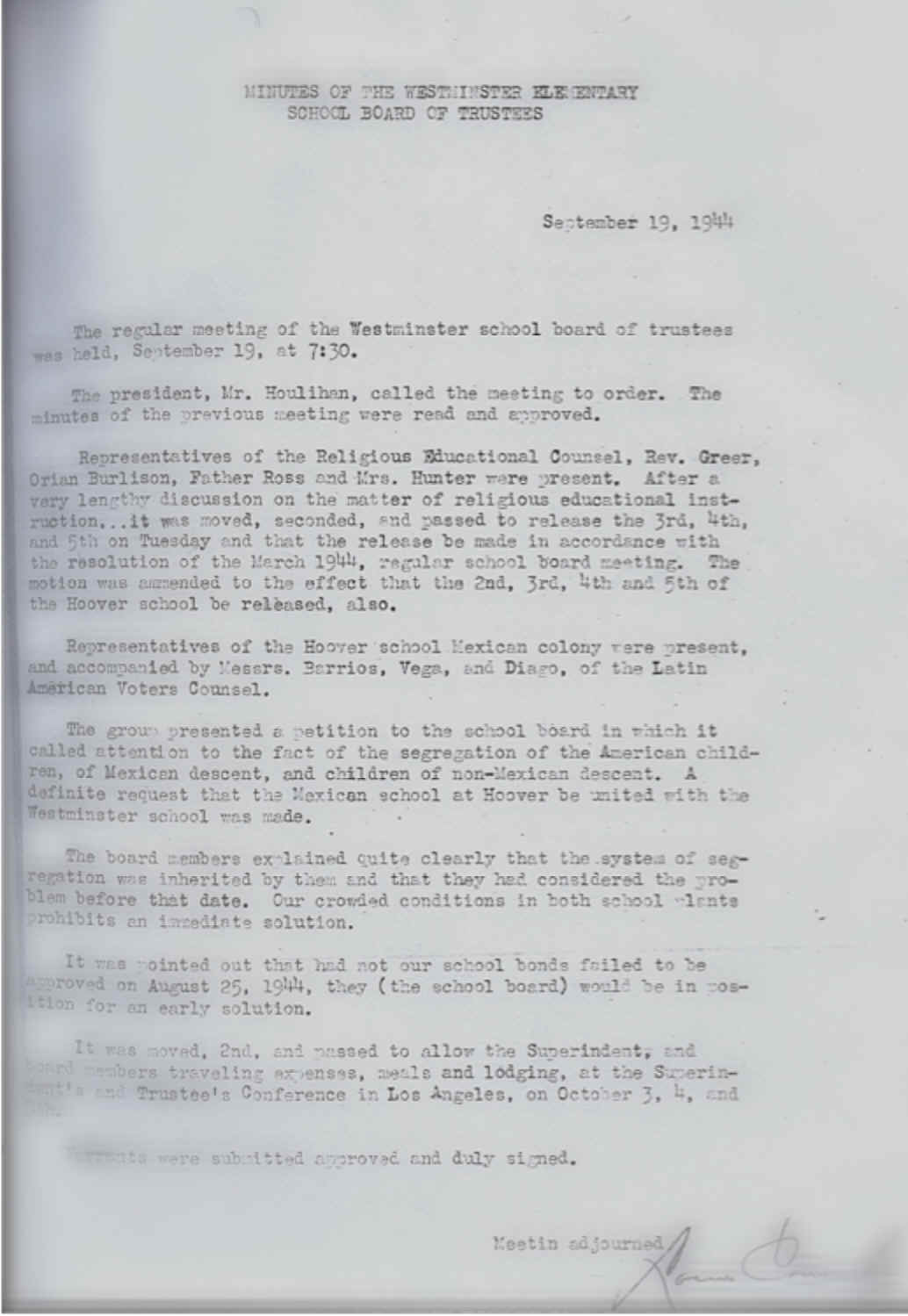
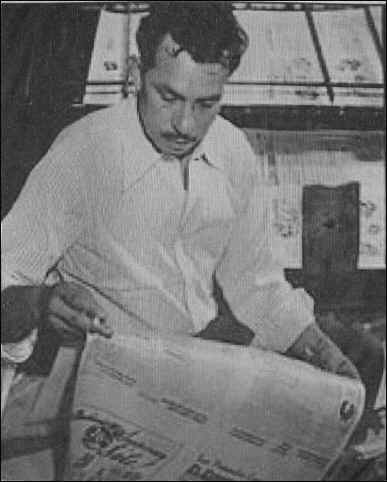

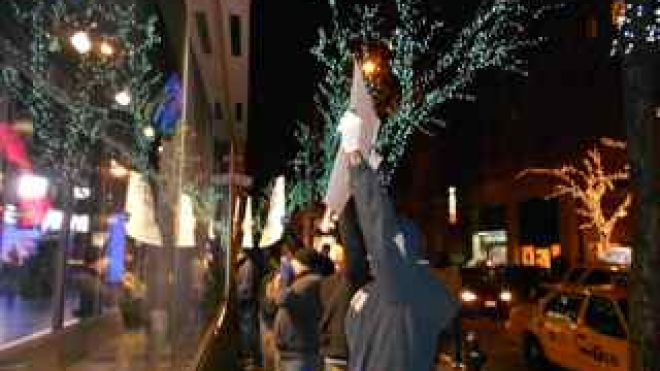


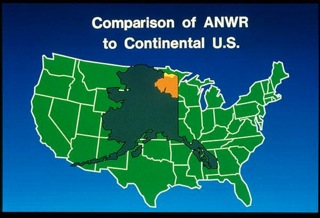


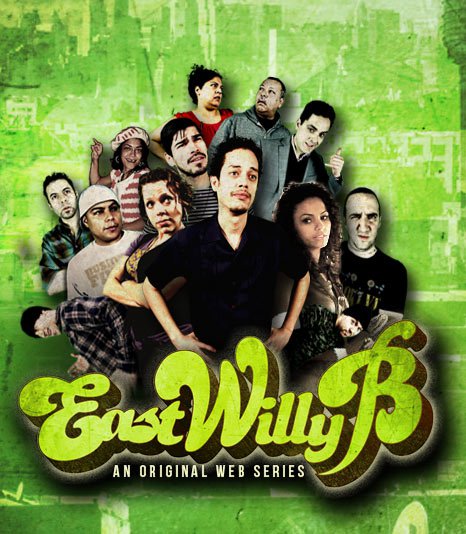
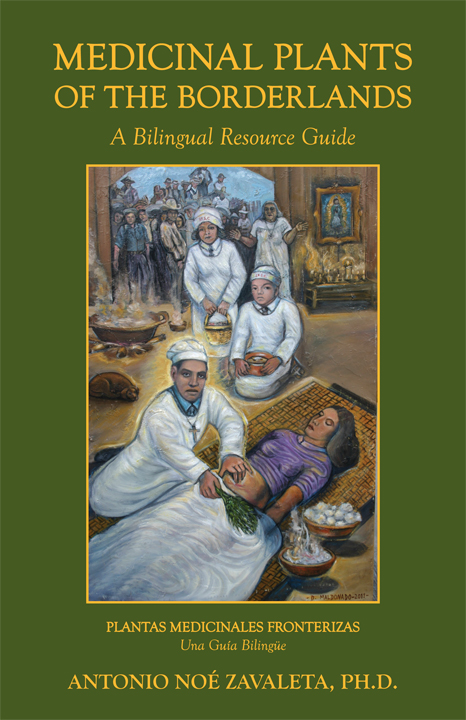
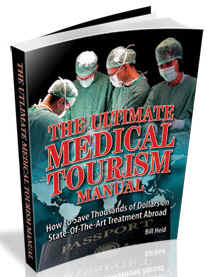

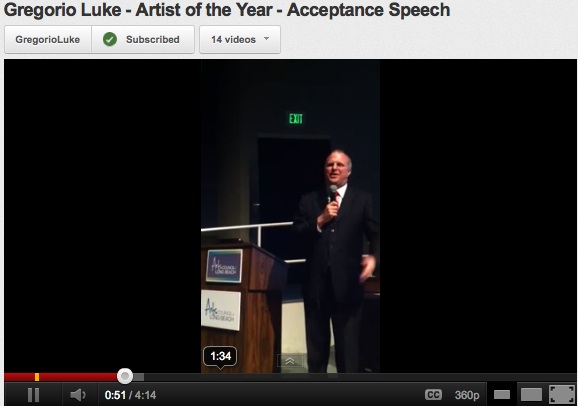
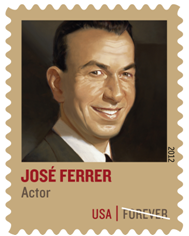

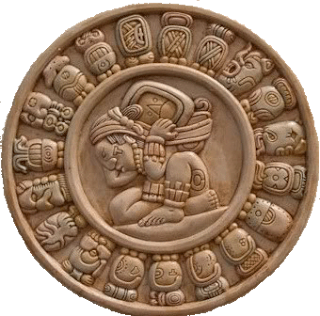
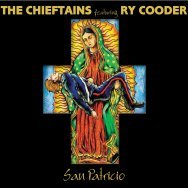
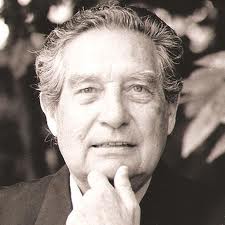
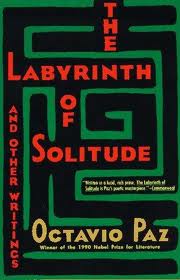
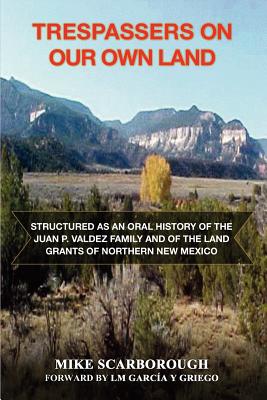
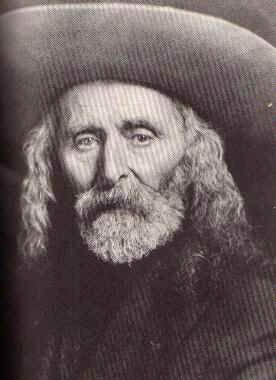

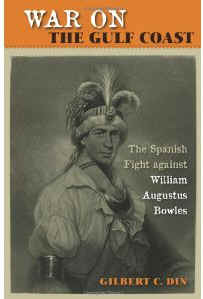
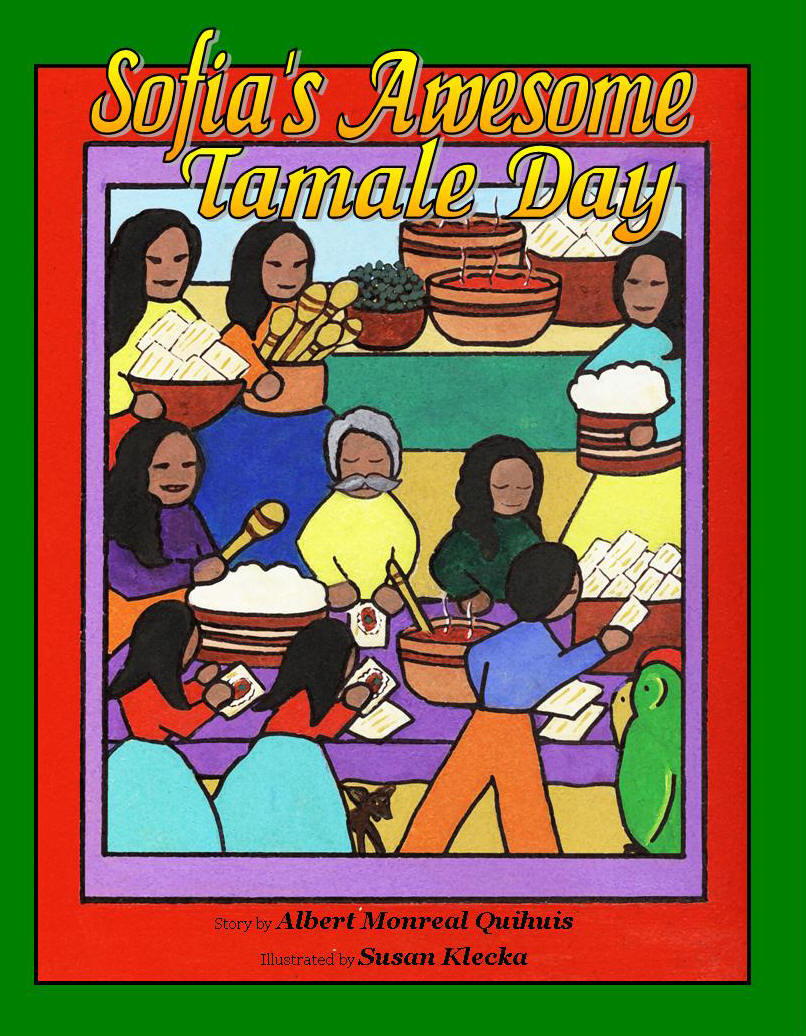

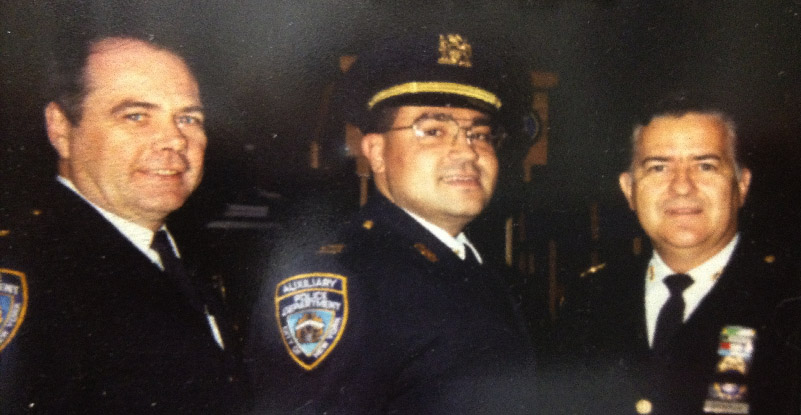

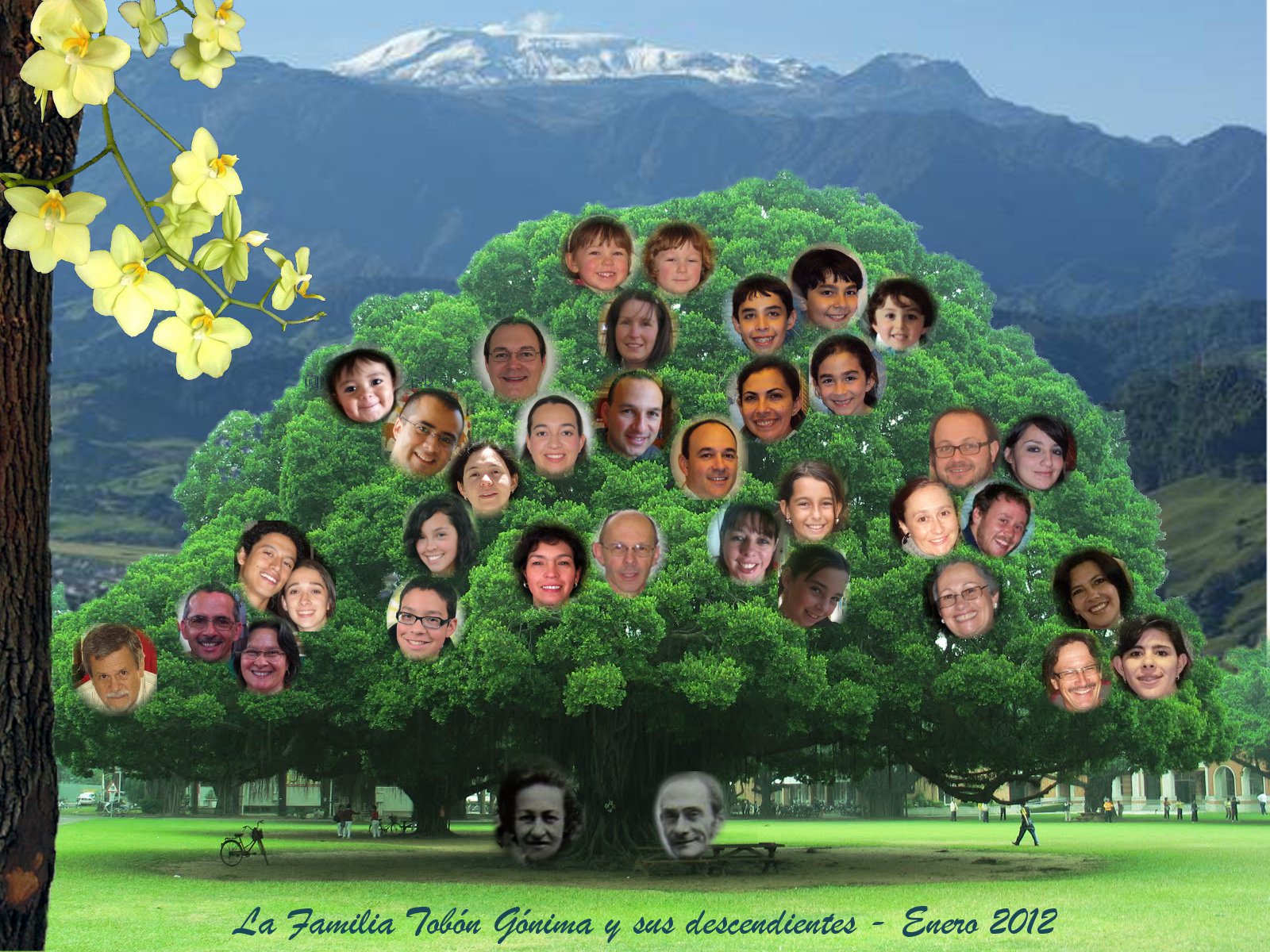
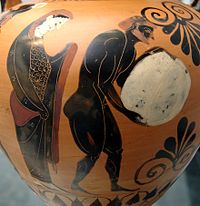

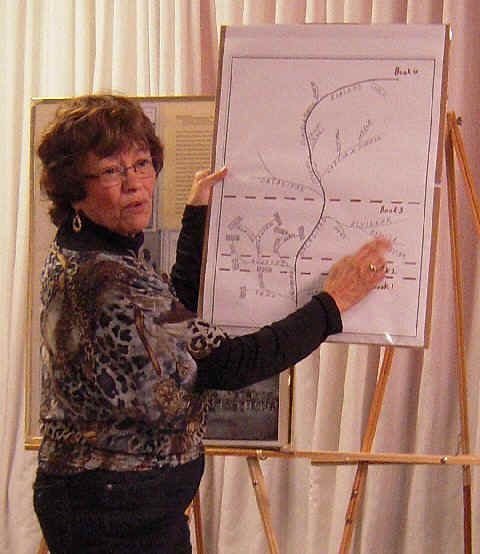
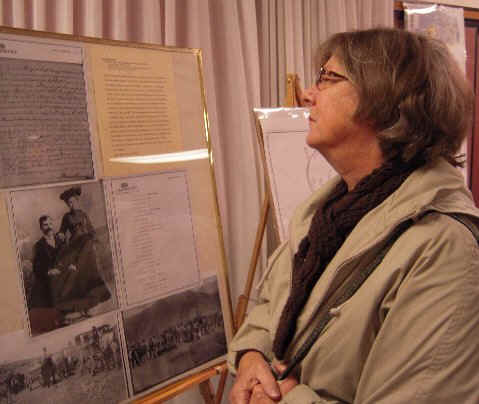
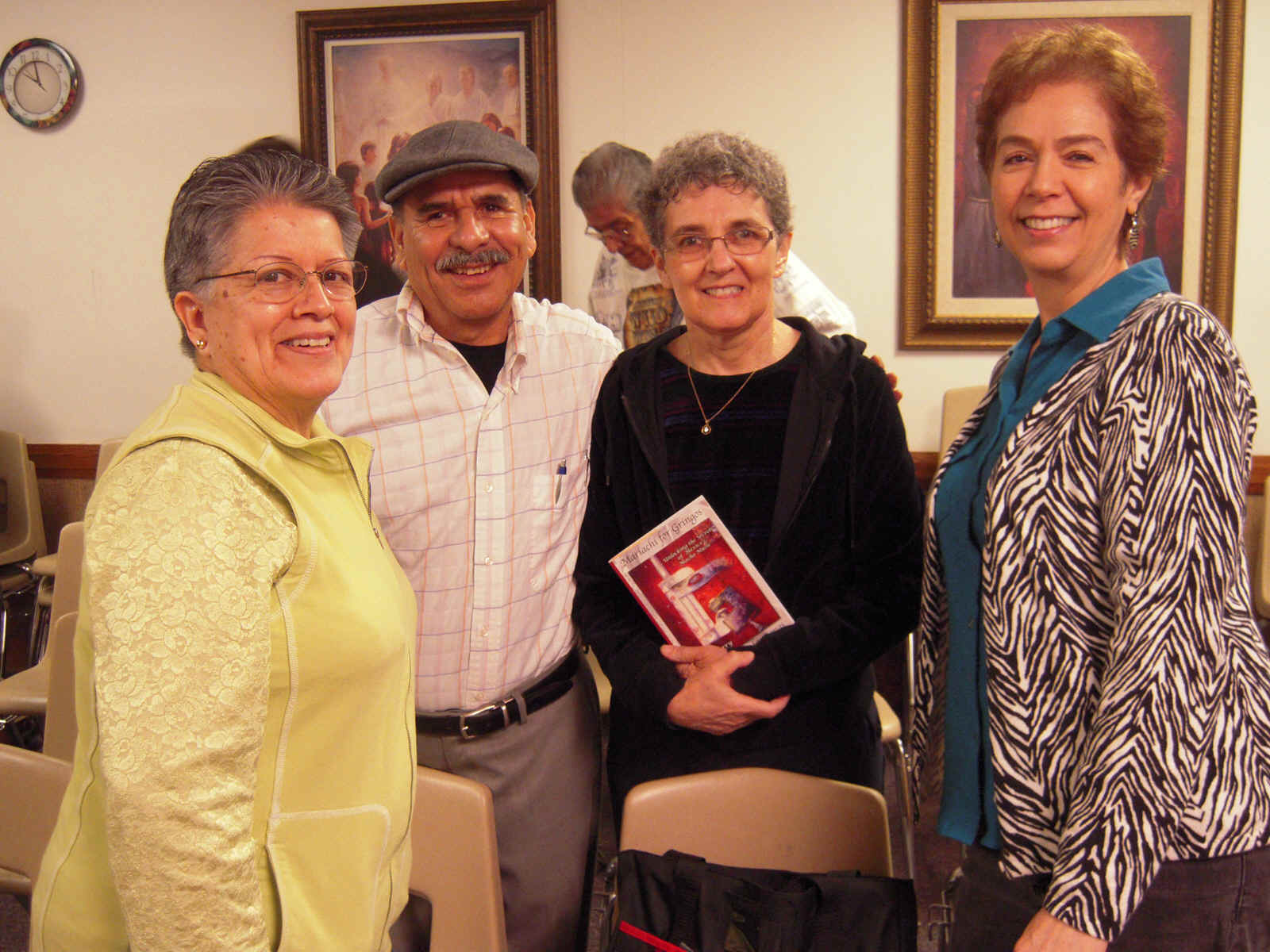
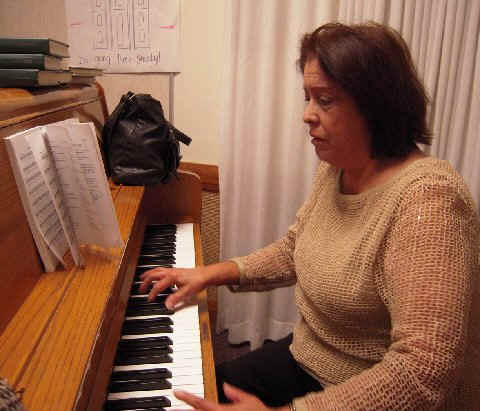 SHHAR
members are frequent presenters for local and out of state groups.
In addition, the group often mounts family history displays for
community events. The SHHAR board is planning to broaden its
community outreach in 2012 to include choir and dance
activities. The goal is to prepare selections of historically
based entertainment, with a focus on the early California time
period.
SHHAR
members are frequent presenters for local and out of state groups.
In addition, the group often mounts family history displays for
community events. The SHHAR board is planning to broaden its
community outreach in 2012 to include choir and dance
activities. The goal is to prepare selections of historically
based entertainment, with a focus on the early California time
period. 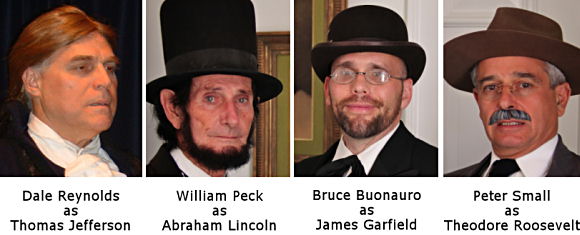

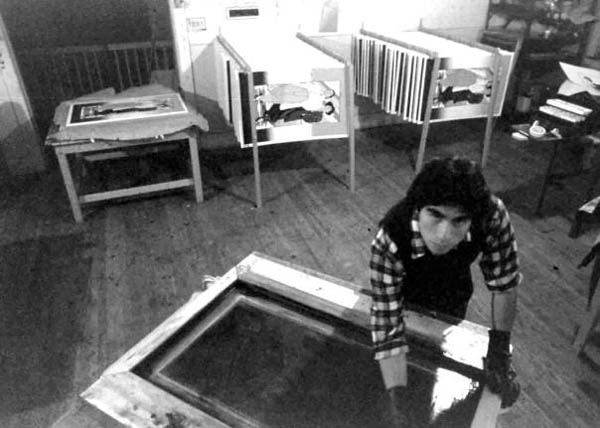

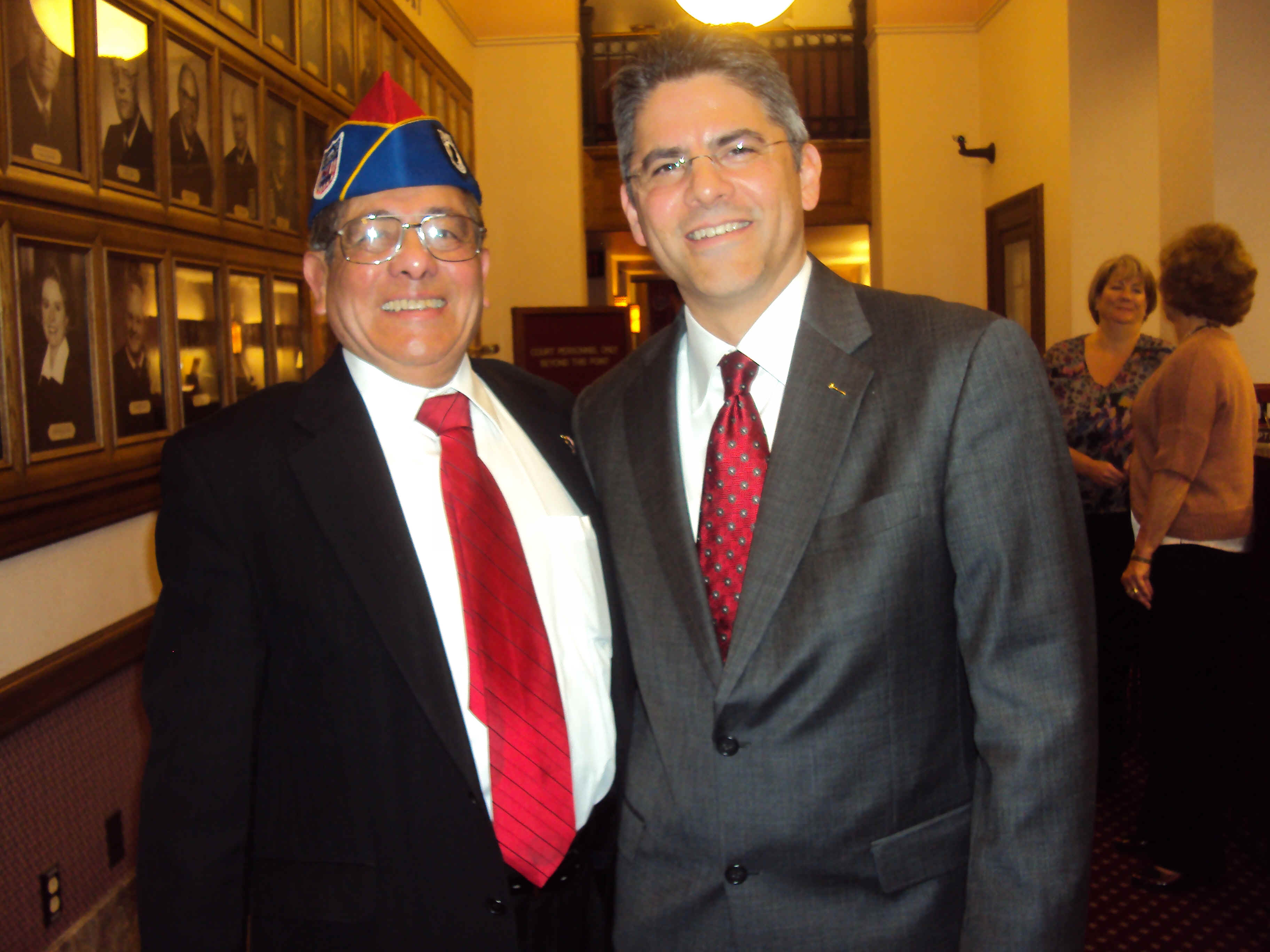
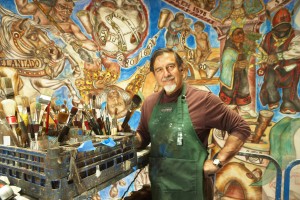
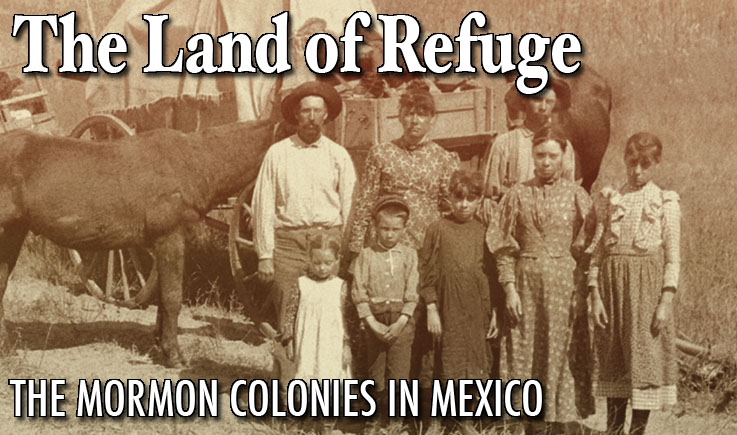
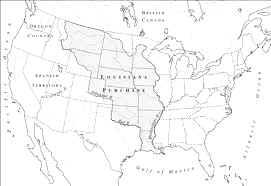
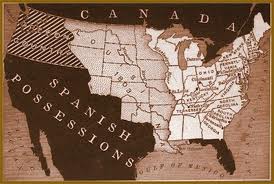
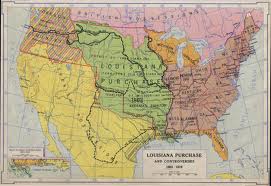
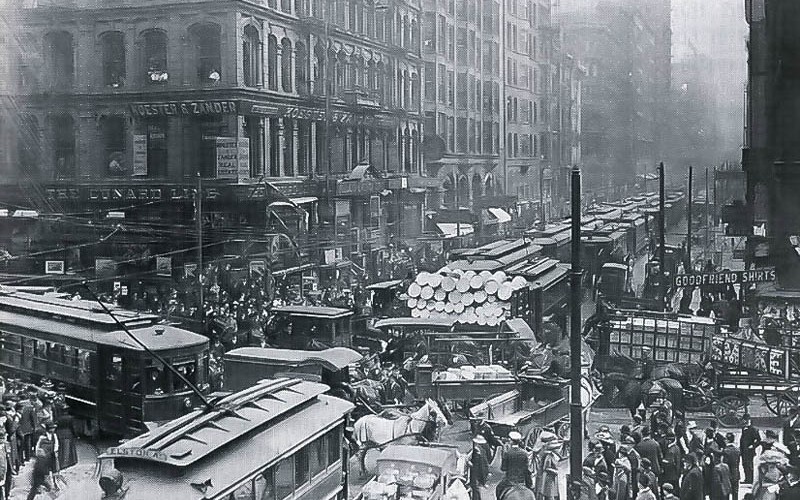

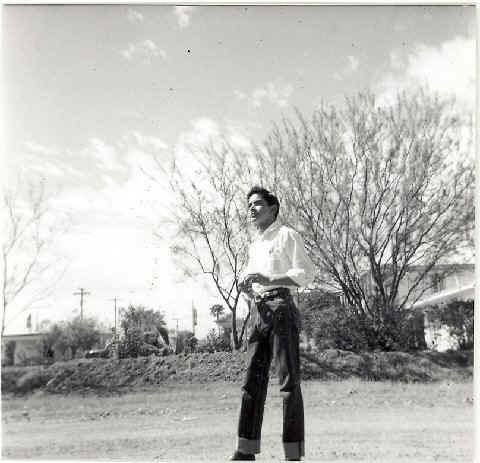



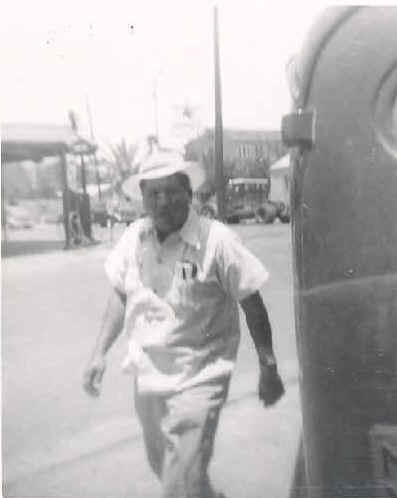
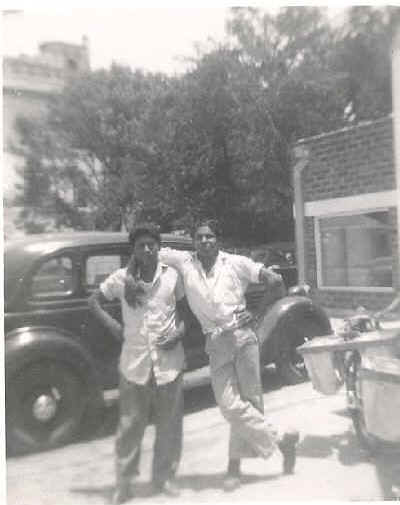
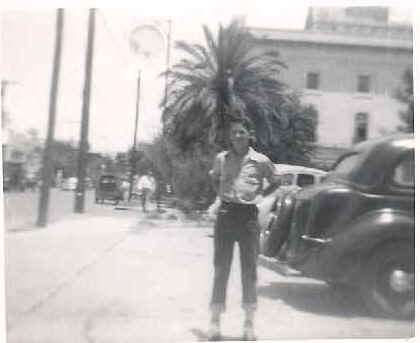
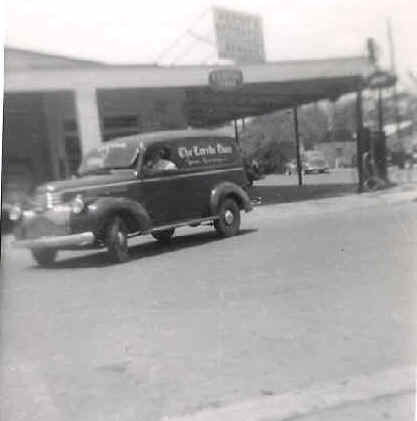
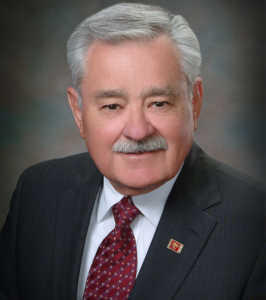
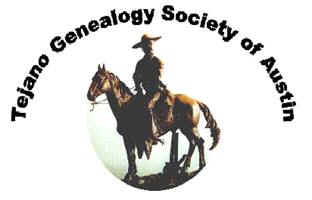
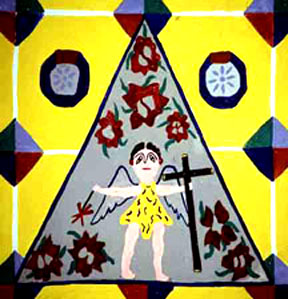
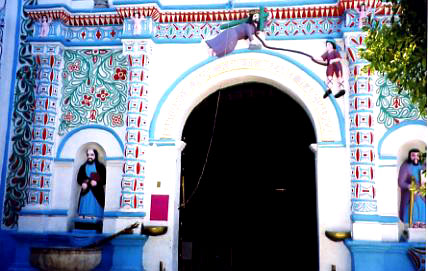 The
gaudy church front, framed in popular "retablo" style, is
currently painted in blues, greens and reds. Spiral half columns draped
with leafy stucco tendrils divide the facade while the sculpture niches
are framed by colorful foliated reliefs, some with drawn stucco
curtains. Intricate relief ornament above the niches and along the
friezes is picked out in bright colors.
The
gaudy church front, framed in popular "retablo" style, is
currently painted in blues, greens and reds. Spiral half columns draped
with leafy stucco tendrils divide the facade while the sculpture niches
are framed by colorful foliated reliefs, some with drawn stucco
curtains. Intricate relief ornament above the niches and along the
friezes is picked out in bright colors.
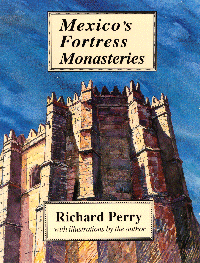 Text & facade pictures ©2003 & 2012 by Richard D. Perry.
Interior and detail images ©Carolyn Brown. For more on Tlancualpican, see our earlier page, and the publication Trilogia Barroca (1960) by the late
art historian Constantino Reyes-Valerio see our archive for more of el barroco
poblano: For more on the colonial churches and monasteries of Puebla and Morelos, consult our guidebook Mexico's Fortress Monasteries
Look for our forthcoming guide to the tiled churches of Puebla.
Text & facade pictures ©2003 & 2012 by Richard D. Perry.
Interior and detail images ©Carolyn Brown. For more on Tlancualpican, see our earlier page, and the publication Trilogia Barroca (1960) by the late
art historian Constantino Reyes-Valerio see our archive for more of el barroco
poblano: For more on the colonial churches and monasteries of Puebla and Morelos, consult our guidebook Mexico's Fortress Monasteries
Look for our forthcoming guide to the tiled churches of Puebla. 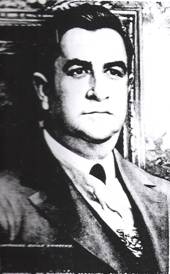
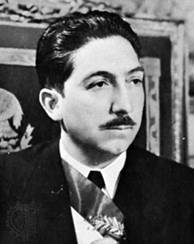

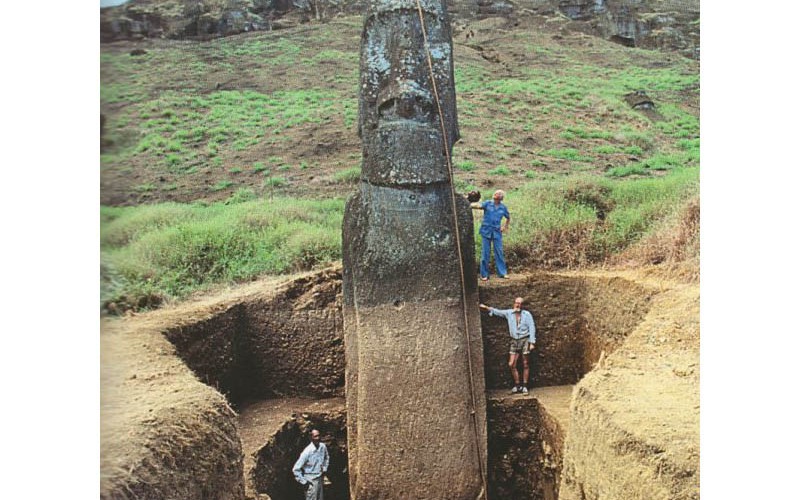

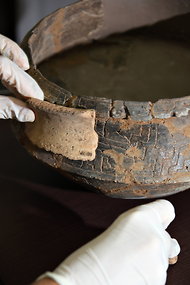 Pre-Columbian
artifacts, found near some of the geoglyphs in Acre State, offer clues
to their origin.
Pre-Columbian
artifacts, found near some of the geoglyphs in Acre State, offer clues
to their origin.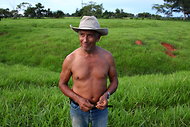 For
Edmar Araújo, the designs on his land remain a mystery.
For
Edmar Araújo, the designs on his land remain a mystery.
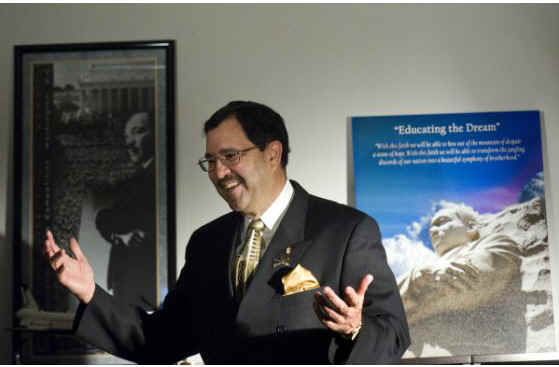
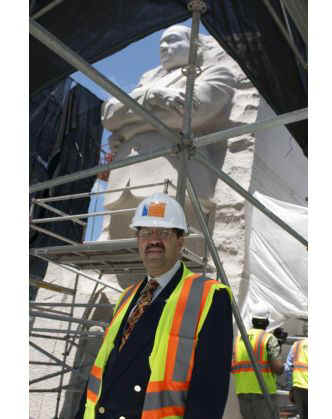 One
of the speakers was Orange County Assessor Webster J. Guillory, named by
former Gov. George Deukmejian to California's Martin Luther King Jr.
Holiday Commission. A second Orange County man, influential black
businessman Aaron Lovejoy, also served on that commission.
One
of the speakers was Orange County Assessor Webster J. Guillory, named by
former Gov. George Deukmejian to California's Martin Luther King Jr.
Holiday Commission. A second Orange County man, influential black
businessman Aaron Lovejoy, also served on that commission.
